'Alberto Giacometti (1901-1966), graphics on the border between art and thought' at the Chiasso Cultural Centre (Switzerland)
Alberto Giacometti, André du Bouchet. Illustration retenue pour le frontispice pour André du Bouchet, Dans la chaleur vacante, Paris, 1961. Probable illustration créée (mais non retenue) pour André du Bouchet, Le Moteur.
The 2020 exhibition season of the max museum of Chiasso (Switzerland) will open in the sign of Alberto Giacometti (1901-1966), one of the most important artists of the twentieth century.
An exhibition, curated by Jean Soldini and Nicoletta Ossanna Cavadini, is scheduled from March 31 to September 13, 2020, which presents, for the first time, the entire graphic body of the Swiss artist : over four hundred sheets and numerous works of art will be exhibited artist, from the main international institutions that preserve the works of Alberto Giacometti and from important private collectors.
Alberto Giacometti ,Tête d'homme II. Illustration retenue pour Derrière le Miroir, Paris, n ° 127, Mai / Juin 1961 1961. Lithograph, 26 x 19.6 cm, lEberhard W. Kornfeld Collection, Bern.
The creative environment of the artist and man will also be restored by the suggestive photographs taken by his friend Ernst Scheidegger who, since 1943, has documented Giacometti's artistic activity and private life with images and videos.
The review will document Giacometti's extraordinary mastery of the various graphic techniques, from woodcut to burin engraving, from etching to drypoint. Although he is known above all as a sculptor and painter, Giacometti nevertheless made many engravings, the expression of a profound artistic research.
Alberto Giacometti, Buste d'homme I, 1963, éditée en 1964. Lithographie, 59 x 45 cm, Carlos Gross Collection.
Giacometti, in fact, saw in the drawing and in its transposition on the matrix, the aesthetic and conceptual foundation on which to build his pictorial and plastic works. As the artist himself could say, "whatever it is, sculpture or painting, it is only the drawing that counts".
Each of the four sections into which the exhibition is divided, will offer a particularly significant painting, drawing or sculpture to understand the relationship between the different means of expression.
Alberto Giacometti ,Tête d'homme III, 1963, published in 1964. Lithographie, 65 x 48 cm, Carlos Gross Collection.
Alberto Giacometti was born in 1901 in Val Bregaglia, in Italian-speaking Switzerland. He was the son of the painter Giovanni Giacometti. After attending the art school in Geneva and some study trips to Italy, he chose Paris as his reference city without ever forgetting Stampa, the place of family affections where he always kept an atelier in addition to the most well-known one in Rue Hippolyte-Maindron, near Montparnasse. Enrolls in the Académie de la Grande-Chaumière who attended between 1922 and 1925. In the meantime, he came into contact with the neo-numeric, African, pre-Columbian art, with the work of Costantin Brancusi, Raymond Duchamp-Villon, Henri Laurens, Jacques Lipchitz, André Masson. His interest in Egyptian art continued, which had already struck him in 1920 at the Archaeological Museum of Florence. It undergoes the charm of Cubism and then joins the surrealist movement with its free erotic-poetic associations. In 1930 he exhibited with Jean Arp and Joan Mirò in the Pierre Loeb gallery in Paris. He knows intellectuals like Louis Aragon, Georges Bataille, Michel Leiris. Giacometti then returns to give prominence to the human figure; in the works of this period he develops a very original research, which has its pivot in the appearance that is the core as he himself affirms. The existing is manifested to him with a violence that finds its clearest expression in the human being, determining an unprecedented relationship with space and time. Next and independent from leading figures such as Jean-Paul Sartre, Simone de Beauvoir, Samuel Beckett, Giacometti will continue his research incessantly, even in the last years of his life. In 1962 he obtained the Grand Prix of Sculpture at the Venice Biennale and three years after the Grand Prix des Arts in Paris. Also in 1965, the Museum of Modern Art in New York will dedicate an anthological exhibition to him. Giacometti will continue his research incessantly, even in the last years of his life. In 1962 he obtained the Grand Prix of Sculpture at the Venice Biennale and three years after the Grand Prix des Arts in Paris. Also in 1965, the Museum of Modern Art in New York will dedicate an anthological exhibition to him. Giacometti will continue his research incessantly, even in the last years of his life. In 1962 he obtained the Grand Prix of Sculpture at the Venice Biennale and three years after the Grand Prix des Arts in Paris. Also in 1965, the Museum of Modern Art in New York will dedicate an anthological exhibition to him.
Alberto Giacometti died in Chur (Switzerland) in 1966.
Alberto Giacometti, Homme debout et soleil I, 1963, published in 1964. Lithographie, 35 x 46.7, Carlos Gross Collection.
The exhibition is organized in collaboration with the Fondation Giacometti in Paris, the Alberto Giacometti-Stiftung in Zurich, the Fondation Marguerite et Aimé Maeght in Saint-Paul-de-Vence (France), the Graubünden Museum of Art in Chur ( Switzerland), the Ciäsa Granda Museum in Bregaglia (Switzerland), the Marguerite Arp Foundation in Locarno (Switzerland), the Civic Collection of Prints "Achille Bertarelli" in Milan, the Galerie Kornfeld in Bern (Switzerland), the Alberto Giacometti Museum in Sent (Switzerland).
Bilingual catalog (Italian-English) Albert Skira (Milan-Geneva).
Alberto Giacometti, Lucas Lichtenhan, 1917-1918, Gravure sur bois, 19 x 13.8 cm, Eberhard W. Kornfeld Collection, Bern.
Alberto Giacometti, Le Serpent II. Illustration non retenue pour André Breton, L'Air de l'eau, Paris, 1934 1933-1934 Grain 16.4 x 13.5 cm, Eberhard W. Kornfeld Collection, Bern.
Alberto Giacometti, Triple portrait de Pierre Loeb II. Illustration non retenue pour Pierre Loeb, Regards sur la peinture, Paris, 1950 1949-1950. Etching 11.9 x 8.3 cm, Eberhard W. Kornfeld Collection, Bern.
Alberto Giacometti, Sculptures in the atelier I (right) Annette in the atelier I (left). Illustration retenue pour la première de couverture de Derrière le Miroir, Paris, n ° 39-40, Juin-Juillet 1951 1951. Lithograph 38 x 25.3 cm (right) 37.5 x 27.7.
Alberto Giacometti, Planche d'essai avec tête et figues, 1954-1955. Etching, 26.4 x 22.5 cm, Eberhard W. Kornfeld Collection, Bern.
Alberto Giacometti, Femme nue debout III, 1961. Lithograph, 48.5 x 10.5 cm, Eberhard W. Kornfeld Collection, Bern.
Alberto Giacometti. Photograph by Ernst Scheidegger © 2020 Stiftung Ernst Scheidegger-Archiv, Zurich.
Alberto Giacometti. Photograph by Ernst Scheidegger © 2020 Stiftung Ernst Scheidegger-Archiv, Zurich.
Alberto Giacometti. Photograph by Ernst Scheidegger © 2020 Stiftung Ernst Scheidegger-Archiv, Zurich.
Alberto Giacometti. Photograph by Ernst Scheidegger © 2020 Stiftung Ernst Scheidegger-Archiv, Zurich.
Alberto Giacometti. Photograph by Ernst Scheidegger © 2020 Stiftung Ernst Scheidegger-Archiv, Zurich.
Alberto Giacometti. Photograph by Ernst Scheidegger © 2020 Stiftung Ernst Scheidegger-Archiv, Zurich.
Alberto Giacometti. Photograph by Ernst Scheidegger © 2020 Stiftung Ernst Scheidegger-Archiv, Zurich.
Alberto Giacometti. Photograph by Ernst Scheidegger © 2020 Stiftung Ernst Scheidegger-Archiv, Zurich.
Alberto Giacometti. Photograph by Ernst Scheidegger © 2020 Stiftung Ernst Scheidegger-Archiv, Zurich.
Alberto Giacometti. Photograph by Ernst Scheidegger © 2020 Stiftung Ernst Scheidegger-Archiv, Zurich.

/https%3A%2F%2Fprofilepics.canalblog.com%2Fprofilepics%2F1%2F0%2F100183.jpg)
/https%3A%2F%2Fstorage.canalblog.com%2F03%2F02%2F119589%2F96711876_o.jpg)
/https%3A%2F%2Fstorage.canalblog.com%2F11%2F31%2F119589%2F94773502_o.jpg)
/https%3A%2F%2Fstorage.canalblog.com%2F20%2F83%2F119589%2F94772815_o.jpg)
/https%3A%2F%2Fstorage.canalblog.com%2F26%2F72%2F119589%2F75604929_o.jpg)
/https%3A%2F%2Fstorage.canalblog.com%2F59%2F60%2F119589%2F26458628_o.jpg)


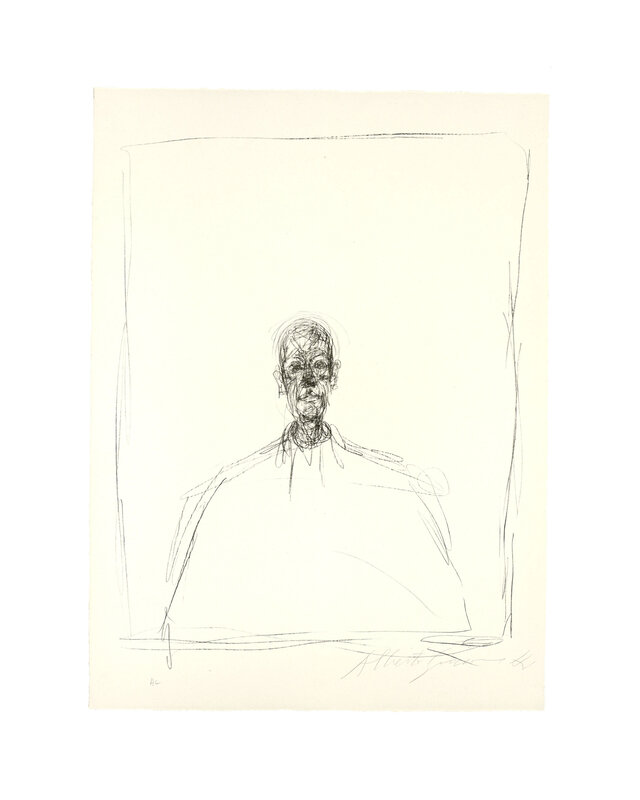




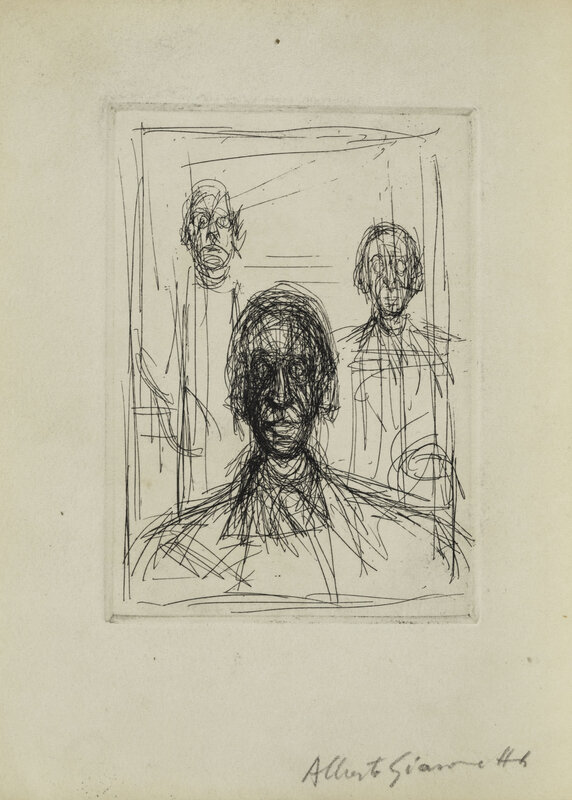



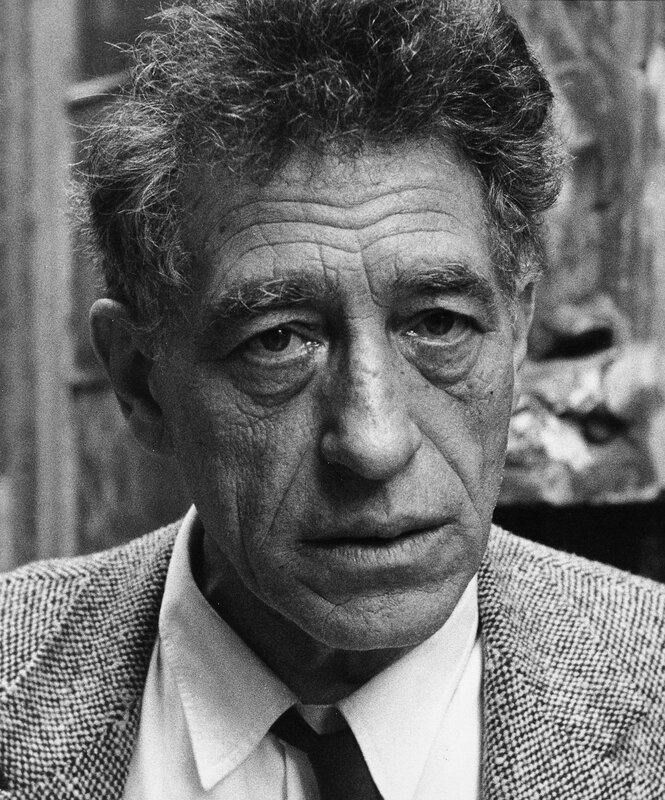



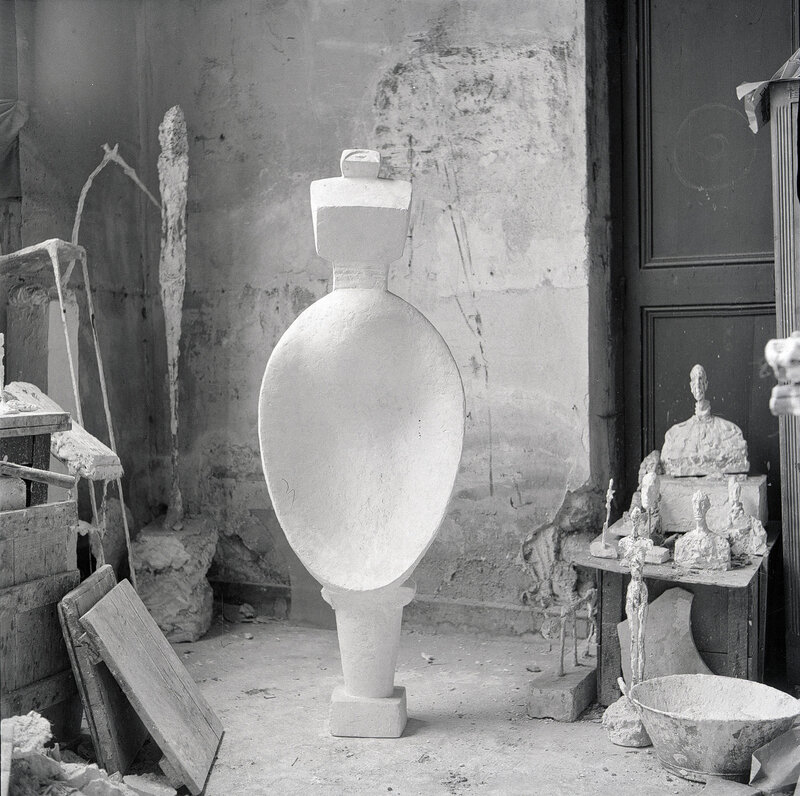

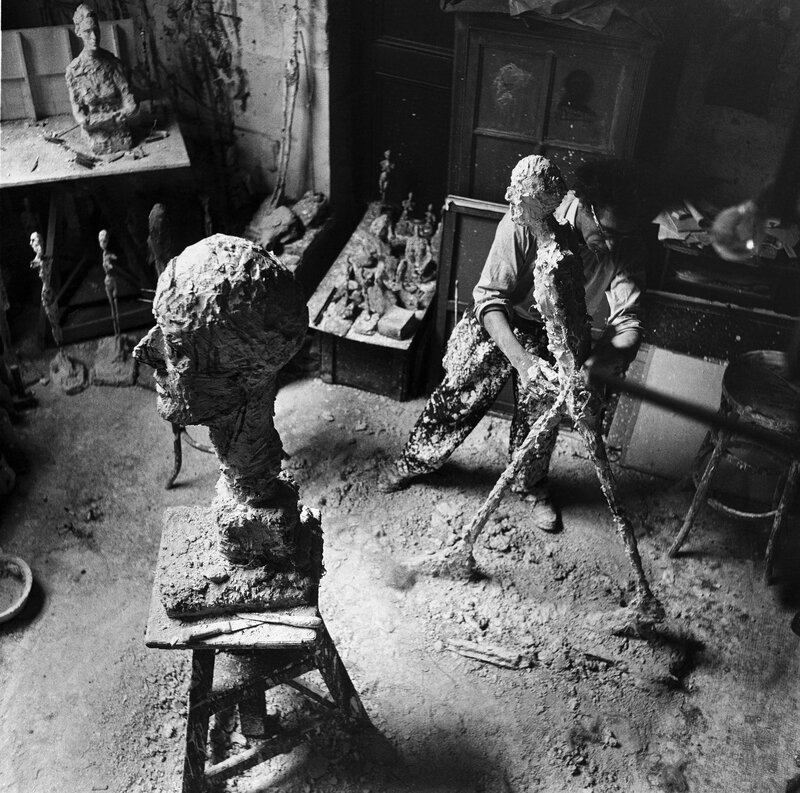





/http%3A%2F%2Fstorage.canalblog.com%2F60%2F34%2F119589%2F128961949_o.png)
/http%3A%2F%2Fstorage.canalblog.com%2F48%2F57%2F119589%2F127874617_o.jpg)
/http%3A%2F%2Fstorage.canalblog.com%2F66%2F66%2F119589%2F127181870_o.jpg)
/http%3A%2F%2Fstorage.canalblog.com%2F46%2F13%2F119589%2F126868716_o.jpg)